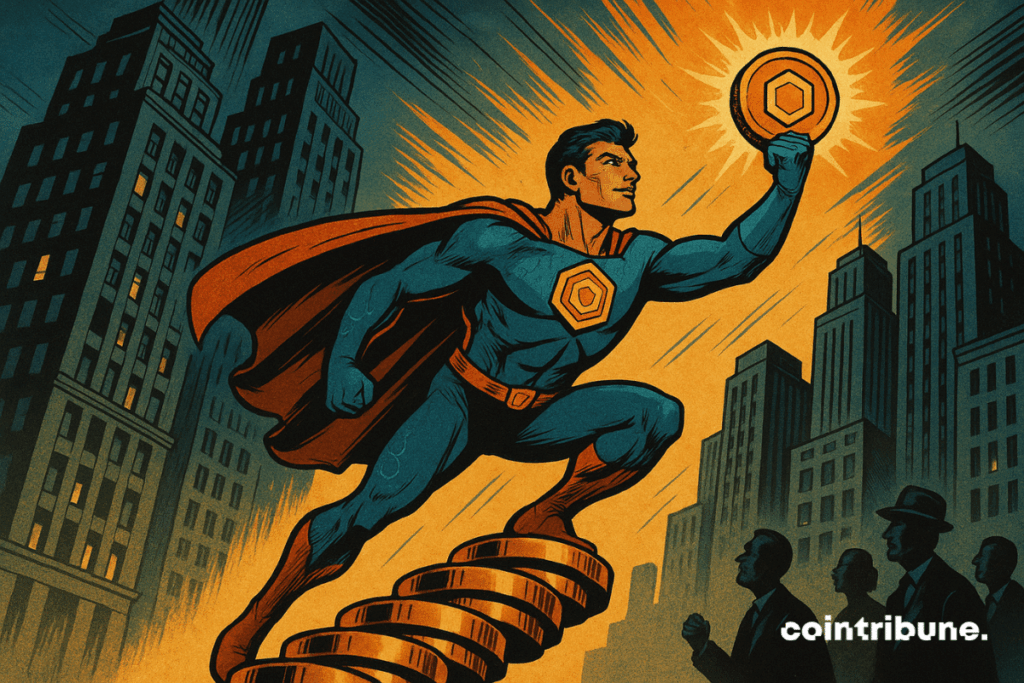Tokenized Funds Continue Their Rise
The fast development of tokenized funds is undoubtedly the most telling indication of the convergence between TradFi and DeFi. Since the launch of bitcoin ETFs, the merging between TradFi and DeFi is becoming increasingly evident with the tokenization of assets. Among all the indications showing this merging, the rapid development of tokenized funds, which have just surpassed $5.7 billion, is certainly the most revealing of this new age. Tokenized funds, a new financial product bridging TradFi and DeFi, are short-term funds using blockchain technology, implemented by asset managers since 2021. BlackRock recently adopted Solana for its blockchain fund, highlighting the growing interest of traditional players. Moody’s, a rating agency closely monitoring new trends in financial markets, noted in its June 3 report that the capitalization of these funds now stands at $5.7 billion. These funds indirectly allow investment in U.S. Treasury bonds or other low-risk assets, benefiting from the returns of these assets. Combining the strengths of both finance worlds, tokenized funds attract both crypto investors and traditional investors. With nearly instant subscription and redemption processes, as well as distribution of returns, they provide a more divisible and user-friendly financial tool than traditional products. Tokenized funds are the second step towards asset tokenization, a market expected to reach $16 trillion by 2030. While bitcoin is also present in TradFi with ETFs, TradFi is now embracing blockchain technology. Overview of the primary tokenized funds: Only a few major players have positioned themselves in tokenized funds due to the legal complexity involved in setting up the underlying assets. The two main funds are BlackRock’s Institutional Digital Liquidity Fund (BUIDL) with $2.5 billion in assets under management, and Franklin Templeton’s OnChain United States Government Money Fund with $700 million. Other significant funds include Superstate, Ondo Finance, and Circle, each managing between $500 and $600 million. Although this sector currently mainly impacts the U.S. market, other players are exploring tokenization to access additional markets. German operation Midas, for example, will offer European investors tokens backed by U.S. Treasury bonds. Midas utilizes seven products managed by underlying procedures, with yields in stablecoins ranging between 4% and 11.8%. Easier to access than traditional banking products, the attractive returns of these tokenized funds have significant potential. Four years after their introduction in the RWA sector, tokenized funds are now mature financial products playing a crucial role as a bridge between TradFi and DeFi. While their current growth is impressive, their future development promises even greater success.


